which envisions coordinating hundreds of #robots for missions in urban areas. http://ow.ly/OtWm50H8by5
Researchers have refined a molecule that shows promise for the prevention of Parkinson’s disease.
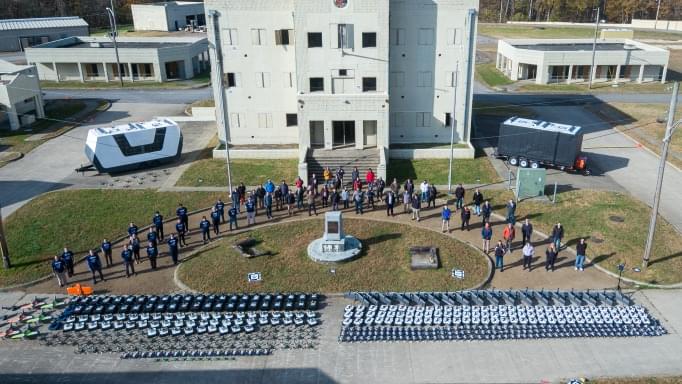
which envisions coordinating hundreds of #robots for missions in urban areas. http://ow.ly/OtWm50H8by5
Researchers have refined a molecule that shows promise for the prevention of Parkinson’s disease.

Researchers have refined a molecule that shows promise for the prevention of Parkinson’s disease.… See more.
Summary: Researchers have refined a molecule that shows promise for the prevention of Parkinson’s disease.
Source: University of Bath
A molecule that shows promise in preventing Parkinson’s disease has been refined by scientists at the University of Bath in the UK, and has the potential to be developed into a drug to treat the deadly neurodegenerative disease.
Professor Jody Mason, who led the research from the Department of Biology and Biochemistry at Bath, said: “A lot of work still needs to happen, but this molecule has the potential to be a pre-cursor to a drug. Today there are only medicines to treat the symptoms of Parkinson’s—we hope to develop a drug that can return people to good health even before symptoms develop.”

https://buff.ly/3yezAQJ #UAV #Defence #OSINT
Technicians plan to conduct deck-handling testing of the MQ-25 Stingray on the aircraft carrier USS George HW Bush (CVN 77) while the ship is underway in December. (Michael Fabey)
Technicians aboard the aircraft carrier USS George HW Bush (CVN 77) were preparing equipment for at-sea deck-handling testing of the Boeing MQ-25 Stingray unmanned aerial vehicle (UAV) on 7 December, according to a media briefing provided that day in the ship’s hangar bay.
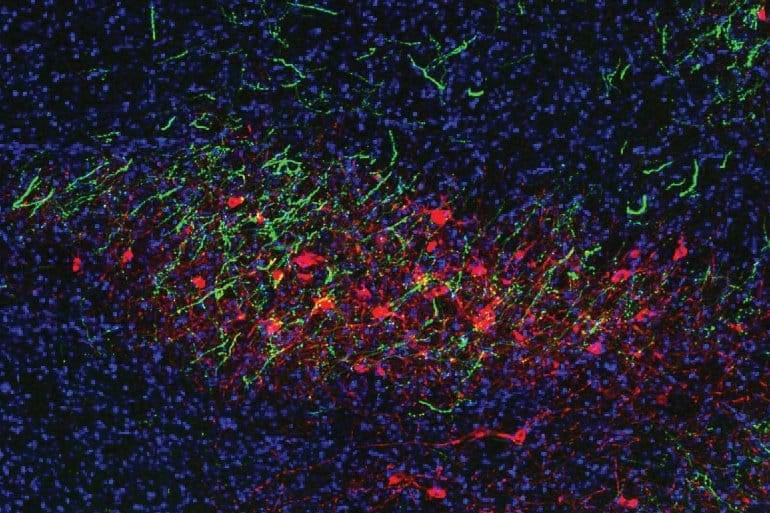
Summary: Researchers implicate neurons in the anterior insula cortex as a driving force for motivation in the brain, according to a new mouse study.
Source: CSHL
A characteristic of depression is a lack of motivation. Cold Spring Harbor Laboratory (CSHL) Professor Bo Li, in collaboration with CSHL Adjunct Professor Z. Josh Huang, discovered a group of neurons in the mouse brain that influences the animal’s motivation to perform tasks for rewards.

Cooled to almost absolute zero, atoms not only move in waves like light but also can be focused into shapes called caustics, similar to the reflecting or refracting patterns light makes on the bottom of a swimming pool or through a curved wine glass.
In experiments at Washington State University, scientists have developed a technique to see these matter wave caustics by placing attractive or repulsive obstacles in the path of a cold atom laser. The results are curving cusps or folds, upward or downward “V” shapes, which the researchers describe in a paper for Nature Communications.
While it is foundational research, these caustics have potential applications for highly precise measurement or timing devices such as interferometers and atomic clocks.
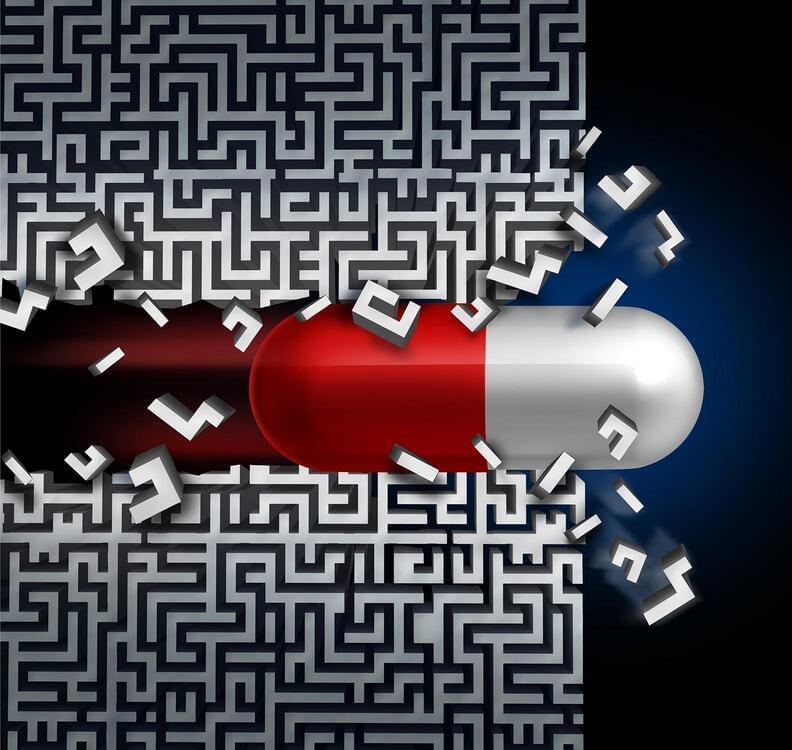
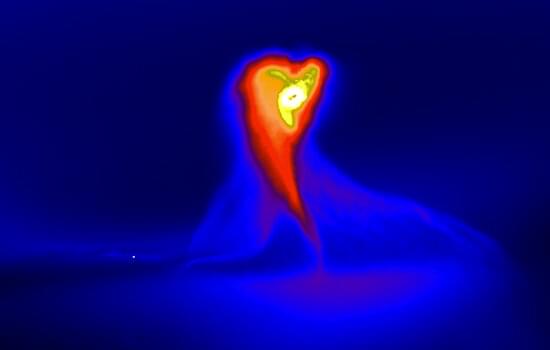
An international study led by Monash University astronomers focusing on an infamous star in Orion may help to shed light on how the solar system formed.
In 1936, over the course of the year, a previously unremarkable faint star in Orion, FU Ori, became 250 times brighter.
“FU Ori has remained bright ever since,” said Elisabeth Borchert, the lead author of the study to be published in the Monthly Notices of the Royal Astronomical Society (MNRAS).

Alphabet’s AI research company DeepMind has released the next generation of its language model, and it says that it has close to the reading comprehension of a high schooler — a startling claim.
It says the language model, called Gopher, was able to significantly improve its reading comprehension by ingesting massive repositories of texts online.
DeepMind boasts that its algorithm, an “ultra-large language model,” has 280 billion parameters, which are a measure of size and complexity. That means it falls somewhere between OpenAI’s GPT-3 (175 billion parameters) and Microsoft and NVIDIA’s Megatron, which features 530 billion parameters, The Verge points out.
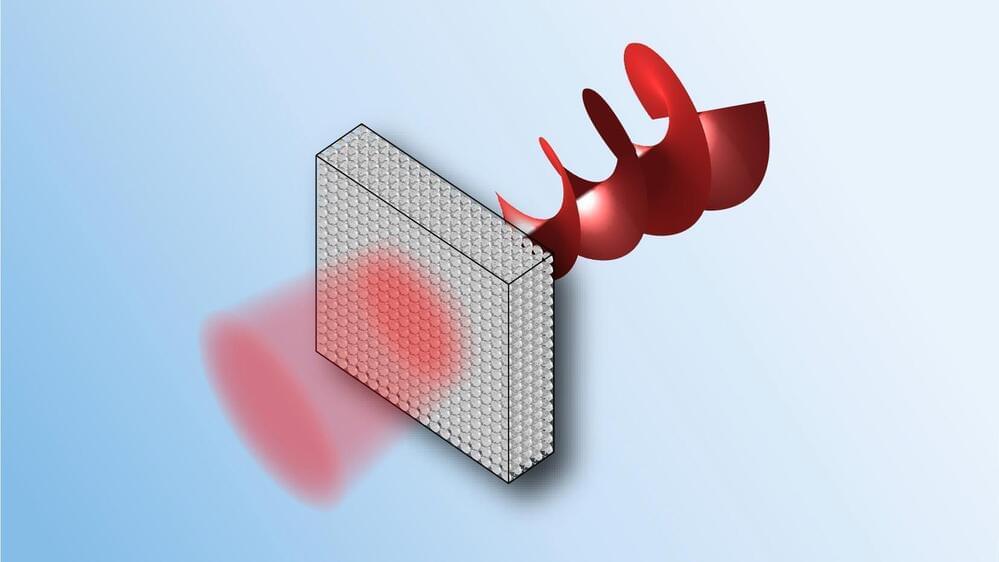
Can you imagine sound travels in the same way as light does? A research team at City University of Hong Kong (CityU) discovered a new type of sound wave: the airborne sound wave vibrates transversely and carries both spin and orbital angular momentum like light does. The findings shattered scientists’ previous beliefs about the sound wave, opening an avenue to the development of novel applications in acoustic communications, acoustic sensing, and imaging.
The research was initiated and co-led by Dr. Wang Shubo, Assistant Professor in the Department of Physics at CityU, and conducted in collaboration with scientists from Hong Kong Baptist University (HKBU) and the Hong Kong University of Science and Technology (HKUST). It was published in Nature Communications, titled “Spin-orbit interactions of transverse sound.”
SpaceX has work to do, Tesla sells Cyberquad, Elon Musk gets a haircut.
SpaceX is granted three additional NASA missions, Tesla sells out a Cyberquad for kids, Cybertruck pending, and Elon Musk gets a heavily-memed haircut.